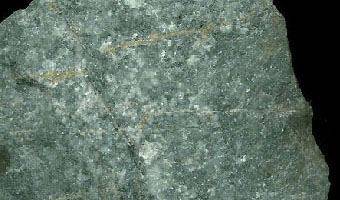Friday 28 Mar, 4.30pm
Neil Chalmers Seminar Room, DC2
The Evolution of Vertebrate Reproduction
by Zerina Johanson, Department of Earth Sciences
The early history of the jawed vertebrates, and the evolutionary transition from jawless to jawed vertebrates, is recorded entirely in the fossil record. Phylogenetically, the most basal jawed vertebrates (and some of the most crownward stem gnathostomes) are the placoderms, fossil taxa ranging in age from the early Silurian to the end of the Devonian (435-360mya). As such, placoderms record the origins and evolution of a number of major jawed vertebrate morphologies. A re-examination of the superb three-dimensionally preserved placoderms recovered from the Gogo Formation (Late Devonian, Western Australia) has provided the most detailed knowledge of this group to date.
We review recent information on placoderm embryos as well as previous descriptions of the placoderm pelvic structures and reinterpret the morphology of the pelvic region, in particular the position of the pelvic fin and the relationship of the male clasper to the pelvic girdle. Claspers in placoderms and chondrichthyans develop in very different ways; in sharks, claspers develop from the pelvic fin while the claspers in placoderms develop separately, suggesting that their independent development involved a posterior extension of the ‘zone of fin competence’.
SciFri is a cross-departmental science seminar series and social event, held on the last Friday of each month. The 45 minute talks are intended to be informal, contemporary, inter-disciplinary and cover a range of fields including the latest research, curation, science policy, library & archives research, publishing, media, fieldwork and science methods.





